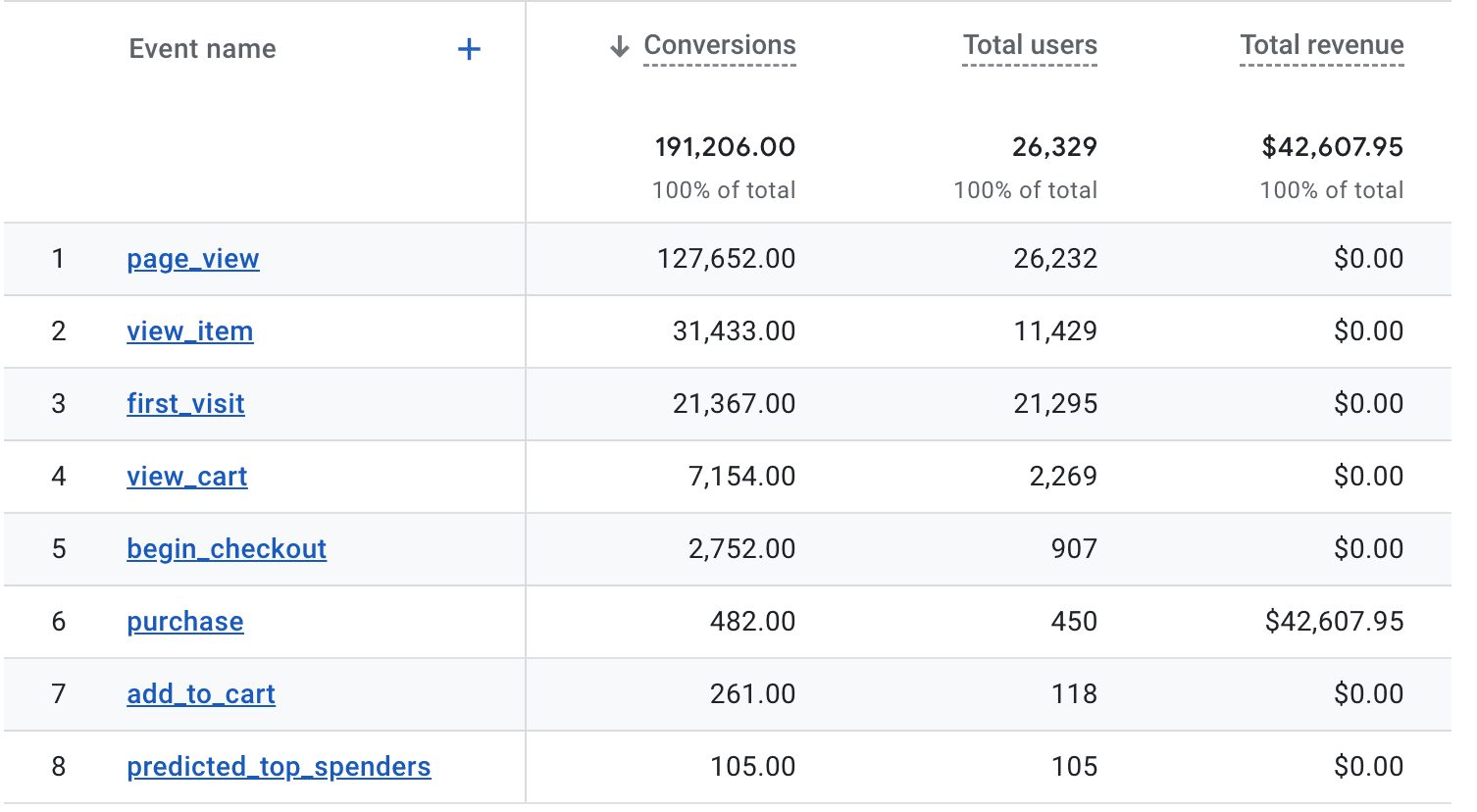Your website exists for a purpose: to get conversions. Whether you want to make a sale or ask your customers to contact you for more information, your conversion rate optimization matters.
Conversion rate optimization, or CRO, is a strategy used to increase the percentage of users who complete an intended action on your website. But getting conversions can be tricky if you don’t know what you’re doing.
If you want to convert your website traffic into sales or leads, there are a few steps you can take to increase your conversion rate. Here are some tips to get you started.
Do Your Research
It’s essential to know who you are optimizing your website for conversions. Do your market research and find your target audience by analyzing past customers, pain points, and competitors. Hiring a marketing team to assist you can simplify this process and get you accurate data to improve your website conversion rate.
Once you know who you’re targeting, it’s time to start optimizing.
Call to Action
You likely already have a call to action (CTA) on your homepage, but how easy is it to find? Do your potential customers know where to go to contact you, fill out a registration form, book a reservation, or make a purchase? You could struggle to get conversions if you don’t have a prominent CTA.
A great place to put your CTA is above the “fold,” or what your potential customers will see when they first arrive on your website. This should be eye-catching to grab their attention. A great example of an above-the-fold CTA is the Greydon House website, designed by ELMNTL, which features a bold “Book Now” button at the top right side of the page.

Greydon House website by ELMNTL with strong CTA to Book Now
A/B Testing
A/B testing is a simple concept but can be complicated in practice. Essentially, A/B testing is comparing two items to see which performs better. In marketing, this could be two website landing pages. A single landing page would have one variable changed to test the update’s impact. The variable could be to test an updated hero image, a new headline font treatment, or the color or wording of your CTA. These landing pages would then be compared against each other after a specific time frame to evaluate performance, and the page that performs worse would be eliminated.
From there, you can use your learnings from your A/B tests to create new campaign landing pages that follow a similar format now that you know the secret sauce.
Measure Your Success
Measuring your success with analytics data is the best way to know if your CRO is working. Tools such as Google Analytics can help you find this information. You can calculate your conversion rate in Google Analytics by dividing the number of conversions by the number of visitors to your site and multiplying by 100, or you can leave the math to your marketing team and focus on other important aspects of your business.

Example conversions in Google Analytics show a purchase conversion rate of 1.83 – (482 / 26,329) x 100 = 1.83%
Adjust As Needed
No CRO strategy is static, meaning it must be adjusted periodically. Whether your customers change, your products or services change, or your website simply stops performing as well. Adjustments may be necessary to keep your CRO strategy chugging along. This is why we recommend switching up your advertising and landing pages to keep up with the changes.
There’s No ‘I’ In Teamwork
At ELMNTL, one of our core values is “There’s no ‘I’ in teamwork,’ and that’s never more true than when it comes to CRO. Why go it alone when the marketing team at ELMNTL is here to help?
We can create engaging content and eye-catching web design to help optimize your conversion rates and gain new followers and customers for your business. Don’t go it alone! Contact the marketing team at ELMNTL today!







